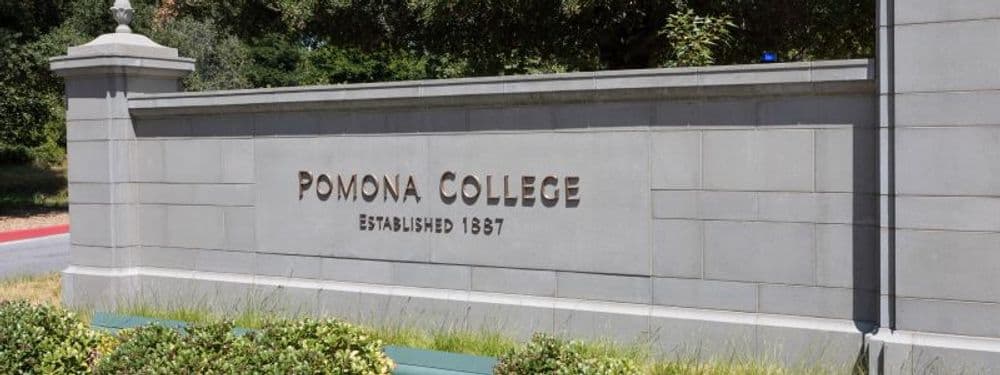
Tech-Driven Efficiency:
Pomona College’s Facility Management EvolutionA Vibrant Community
Pomona College, established in 1887, holds the distinction of being the founding member of the esteemed Claremont Consortium. Over the span of more than a century, the college has significantly expanded its infrastructure and academic offerings, cultivating an environment spread across a sprawling 150 acres encompassing more than 80 buildings. Embracing a residential college model, Pomona College is home to around 1500 students, fostering a vibrant community.
Pomona College offers several student services, including tutoring, a women's center, placement services, and health services. Campus safety and security services like 24-hour foot and vehicle patrols, late night transport/escort service, 24-hour emergency telephones, lighted pathways/sidewalks, student patrols, and controlled dormitory access are part of everyday life at Pomona.
Classes are small, the weather is great, and there’s a supportive campus culture.
Integrating Technology into Daily Facility Operations
Robert Robertson, the Assistant Vice President of Facilities & Campus Services at Pomona College, emphasized the importance of efficient communication and technology integration within the campus landscape. Acknowledging the criticality of promptly addressing maintenance issues, Robertson highlighted the imperative need for seamless communication between staff members and students. The integration of technology into daily operations is considered crucial, enabling maintenance and housekeeping personnel to access essential information in real-time using mobile devices.
Miguel Ruballos stressed the significance of an emergency response system, underlining its superiority in providing precise information regarding the location of essential utilities and assets on campus. This real-time accessibility streamlines emergency protocols, offering a level of preparedness that supersedes the challenges of managing crises without such systems.
“During an emergency, it’s very important to know where everything is at,” said Miguel.
Kevin Austin, the Director of Facilities, appreciates the technological advancements that empower personnel to locate shutoffs and essential operational details independently. Such autonomy reduces reliance on institutional memory, allowing newer staff members to access critical information swiftly, expediting problem resolution.
“I’ve been here a couple of years, so it’s very helpful that I can go into the system and find our shutoffs,” said Kevin, “I don’t have to rely on people who’ve been here 25 or 30 years.”
Time Savings and Seamless Operational Workflow
The implementation of technology, as echoed by Robertson, has significantly reduced time searching for physical documents or drawings. Equipping staff members with tablets and mobile devices allows them to have all pertinent information at their fingertips, facilitating a seamless operational workflow.
The overarching theme emphasized by the stakeholders at Pomona College revolves around the critical importance of providing the tools and technology necessary for staff members to efficiently utilize the available platforms. David Trask, National Director for ARC Facilities, emphasized the significance of accessing critical building information in the field via mobile devices, highlighting the current capabilities of the college in providing such accessibility to their teams.
Pomona College has successfully integrated technology and efficient operational practices within an academic environment. Through the utilization of advanced systems and mobile technology, the college ensures that its staff members are equipped with the necessary tools to address maintenance issues promptly and efficiently, fostering a conducive and safe environment for its student body and community.
